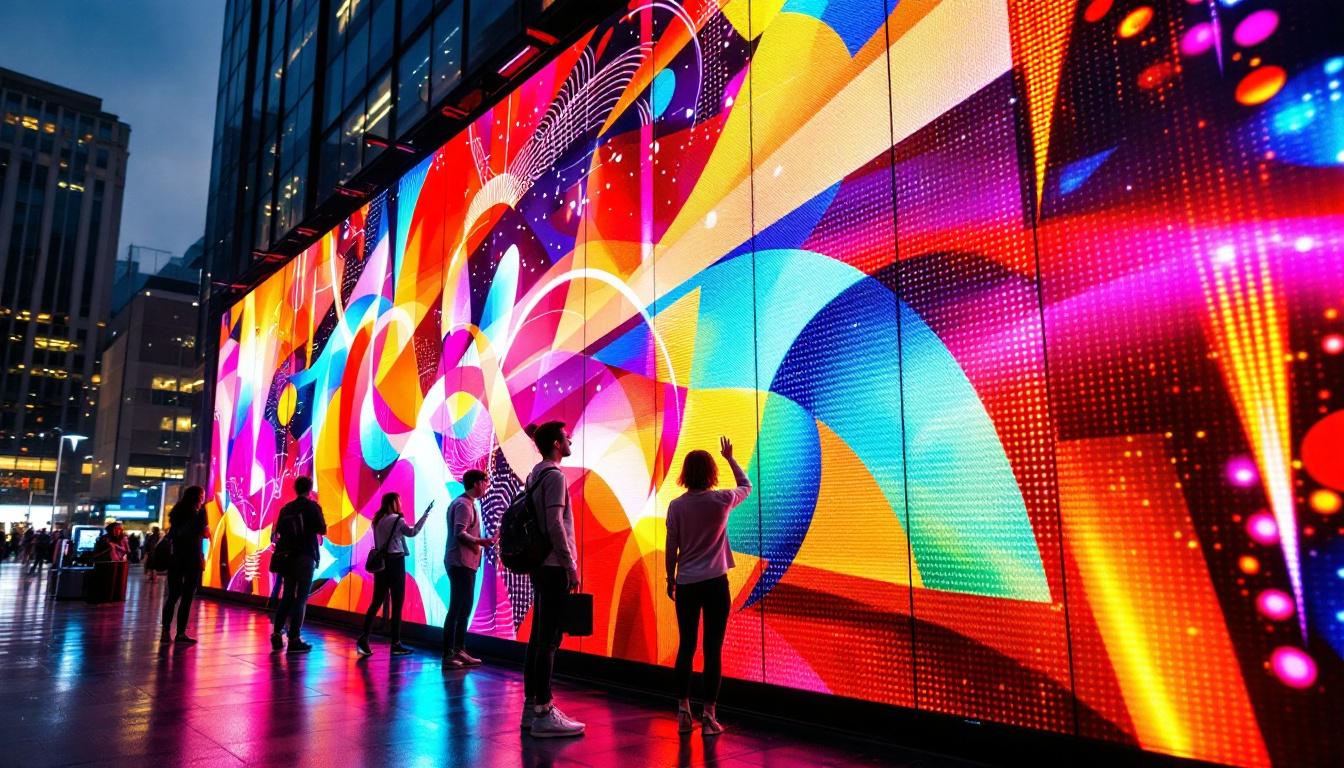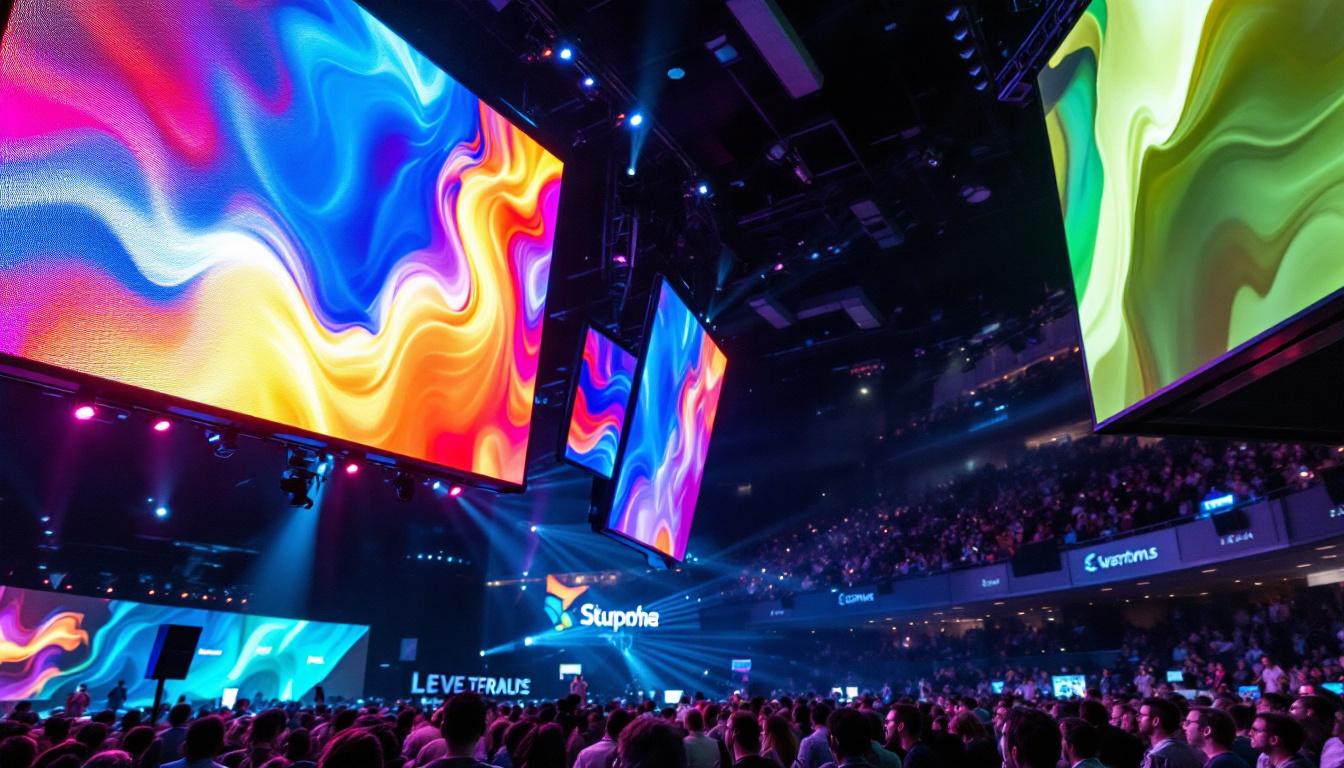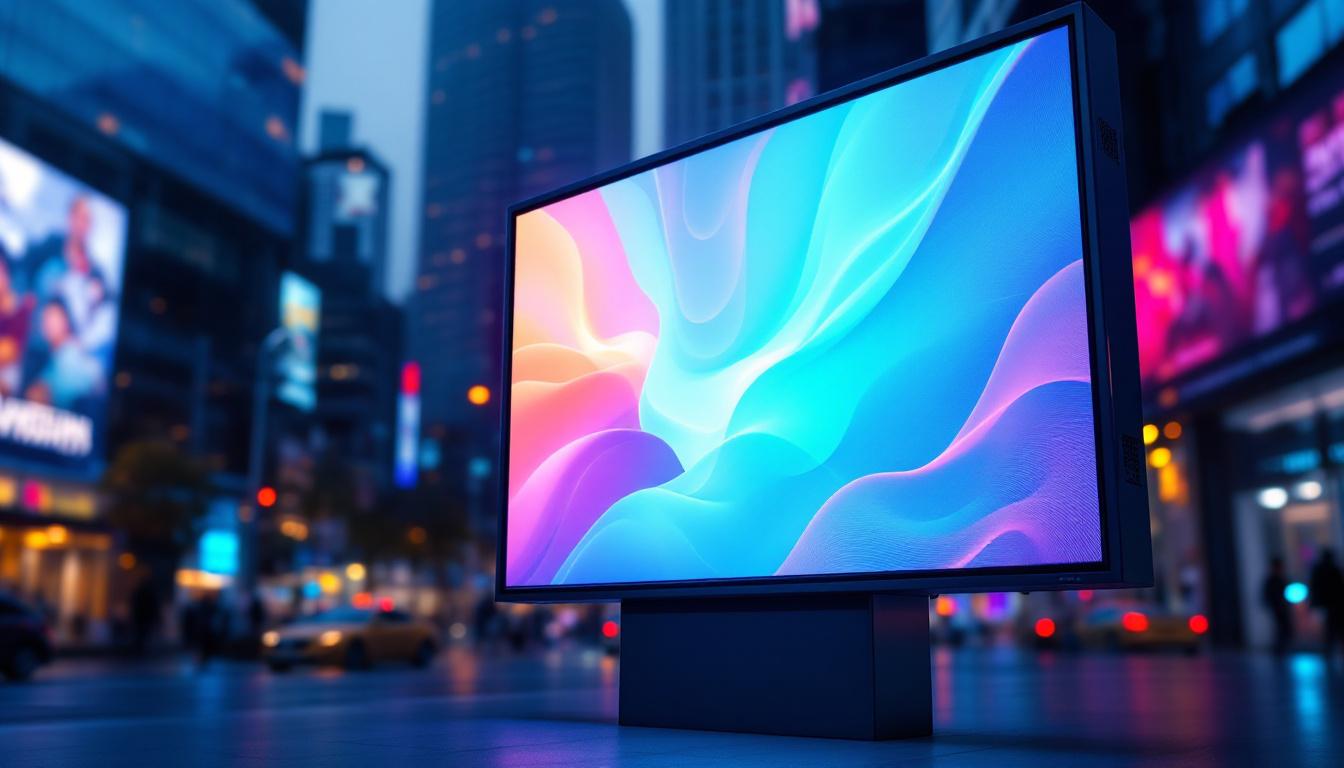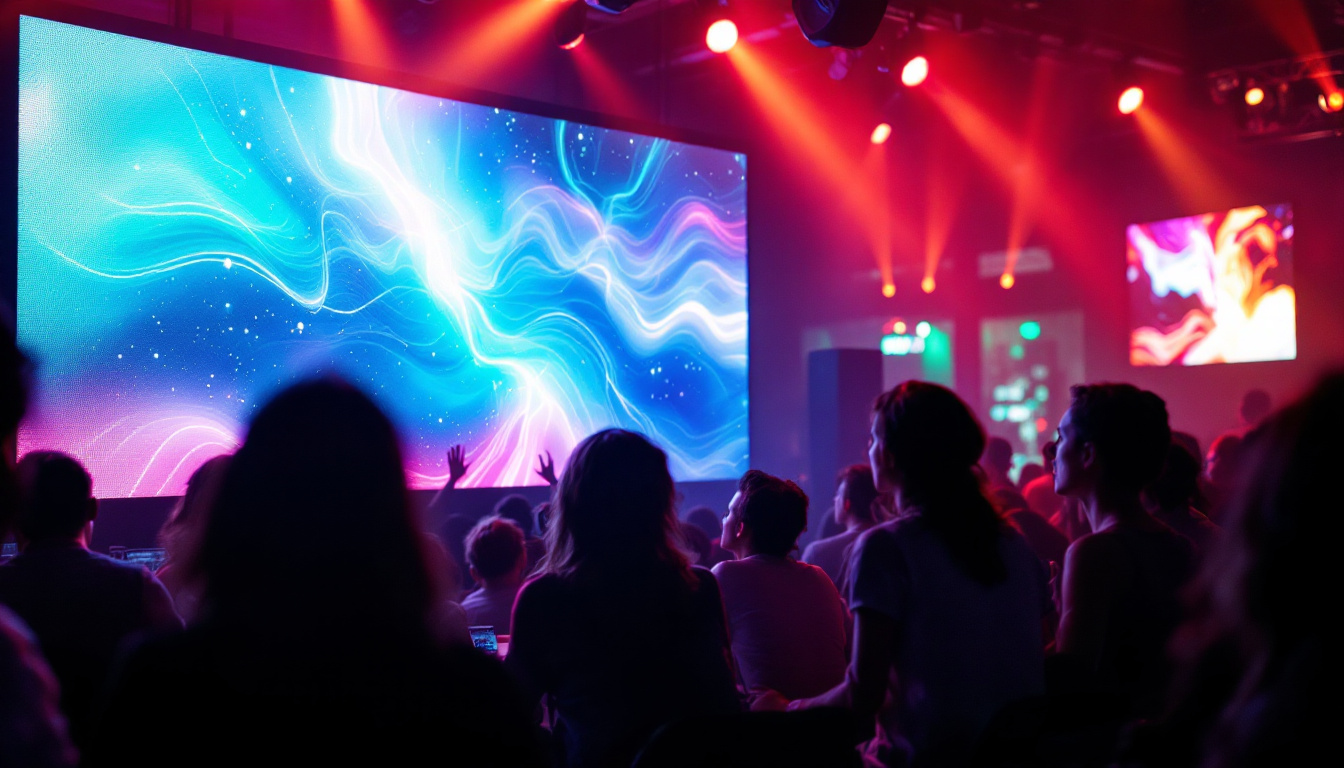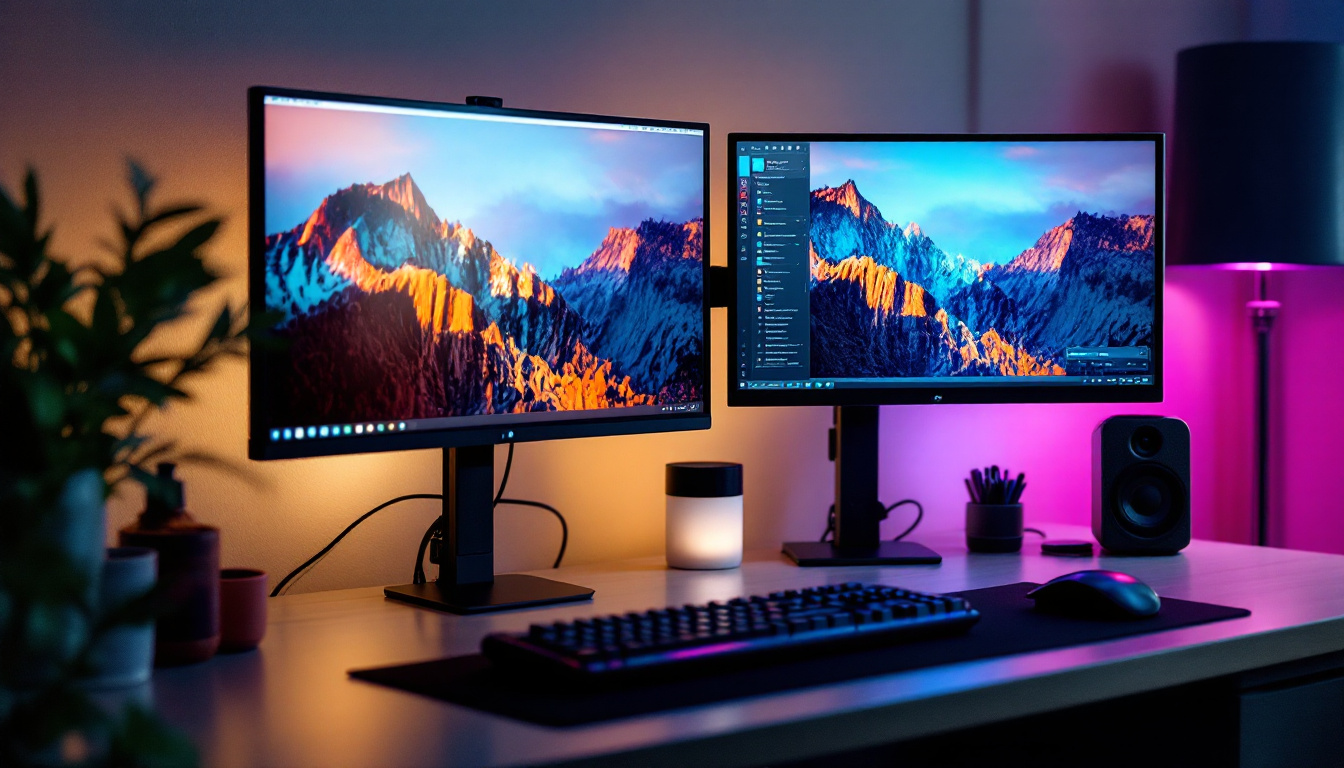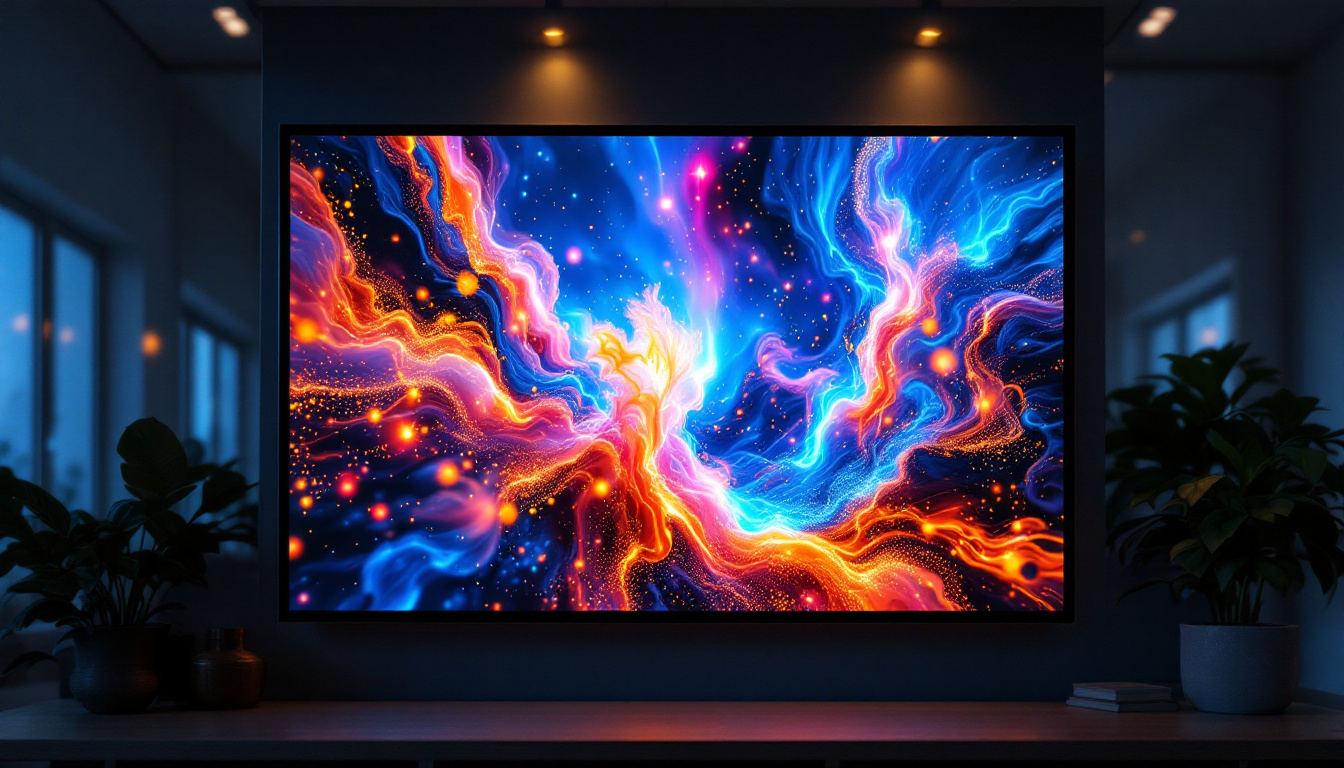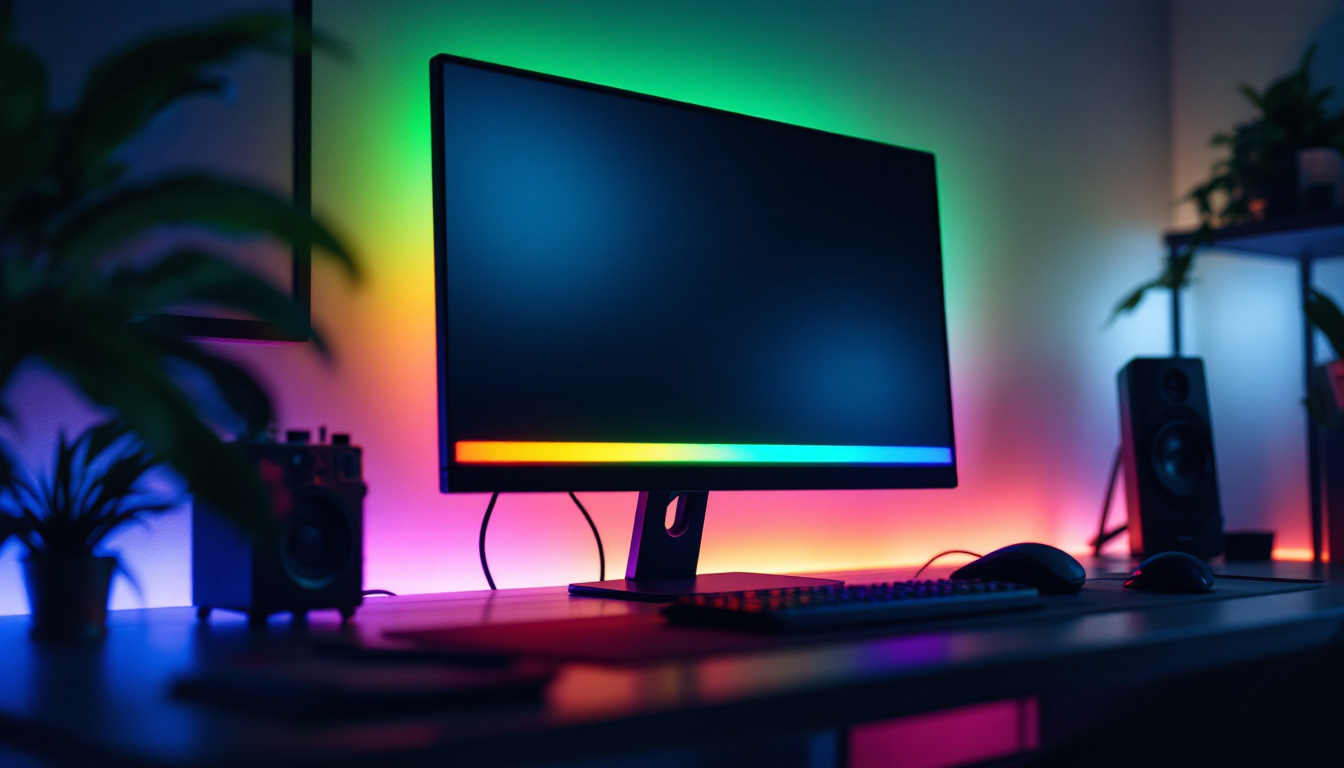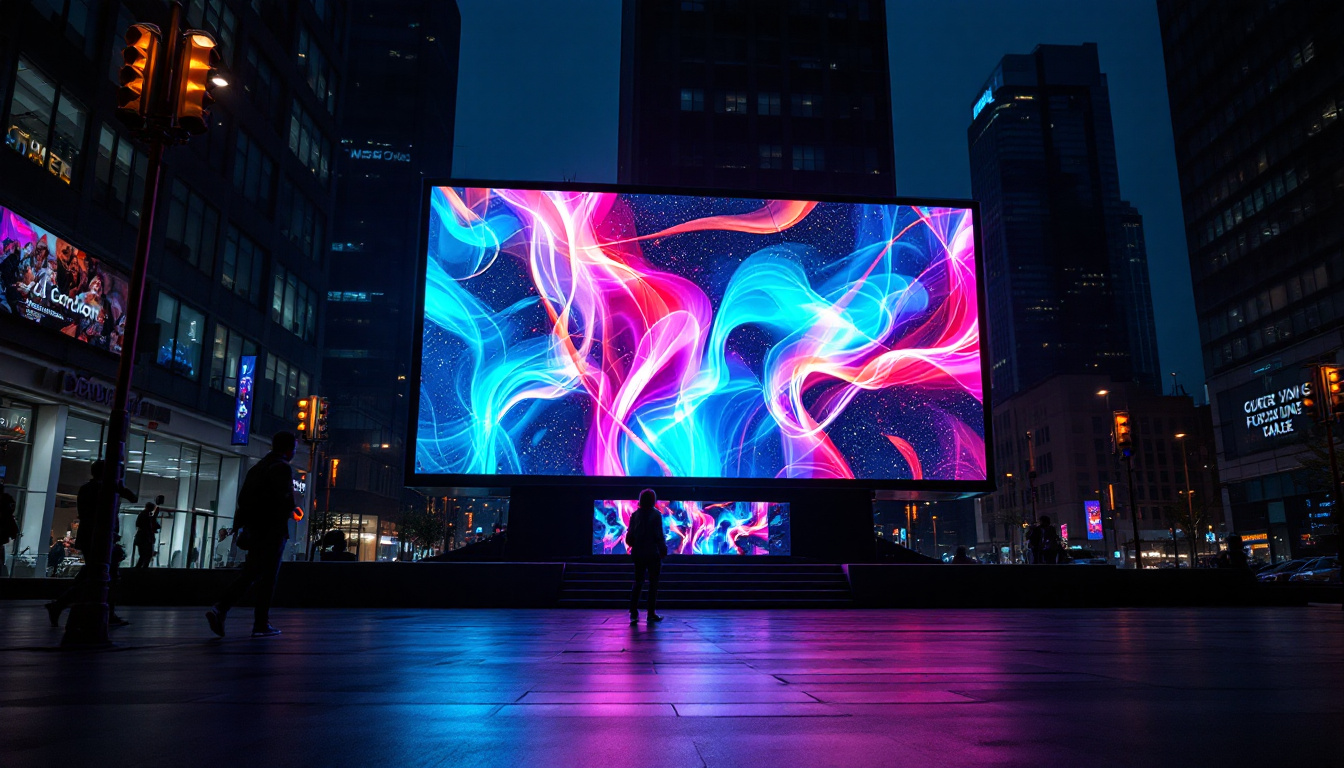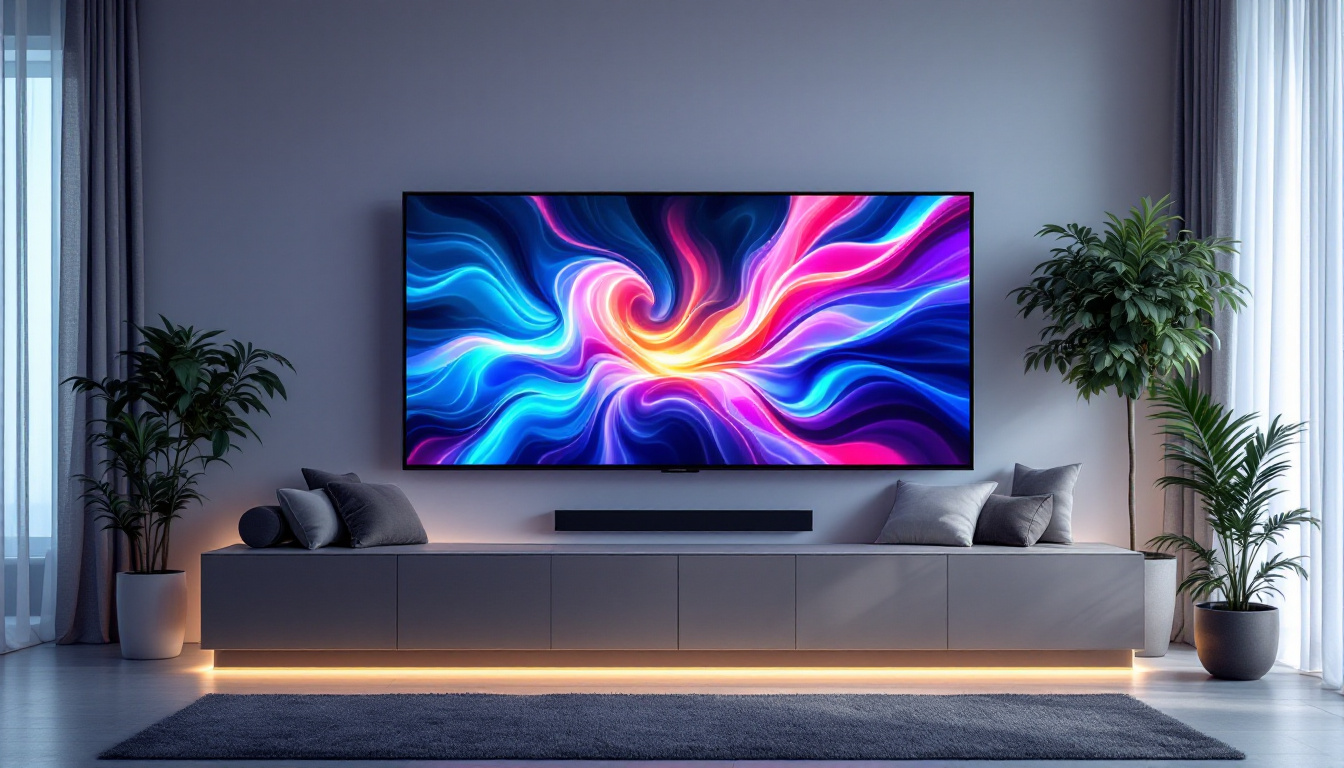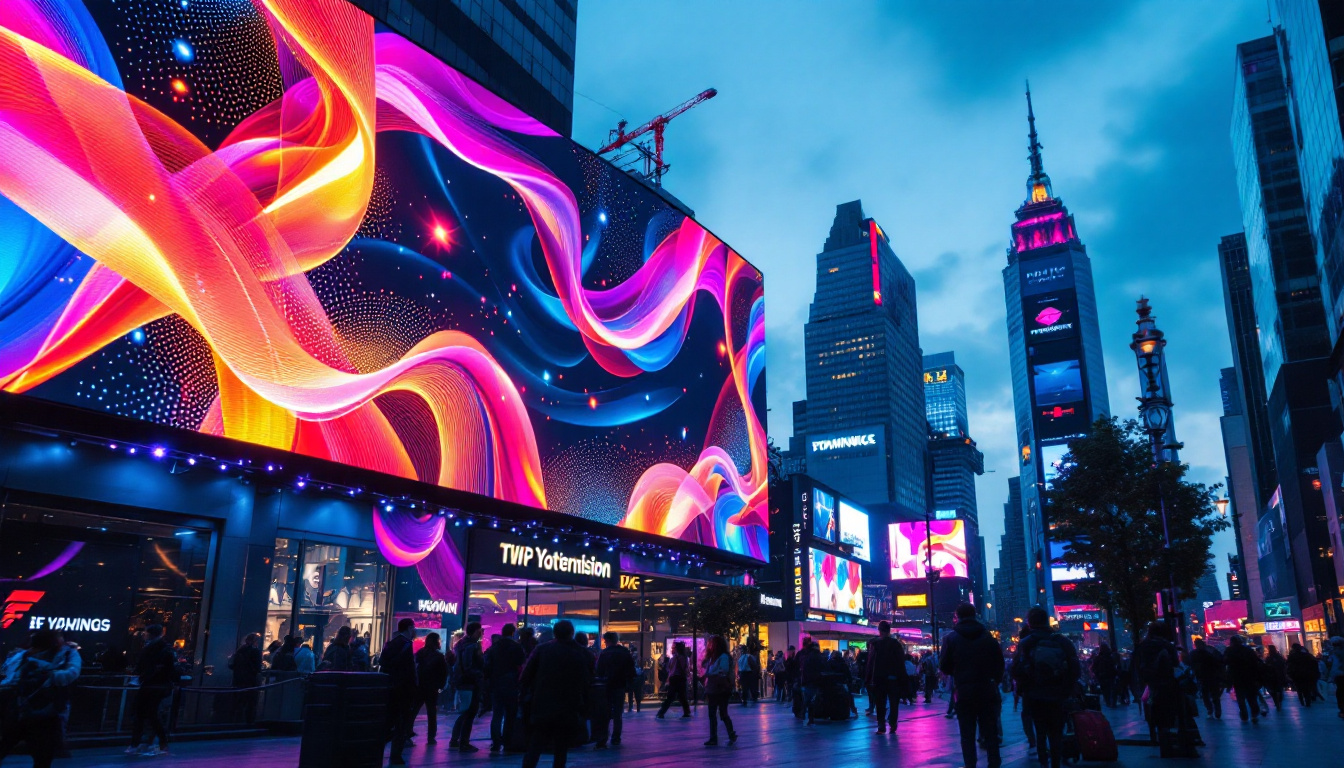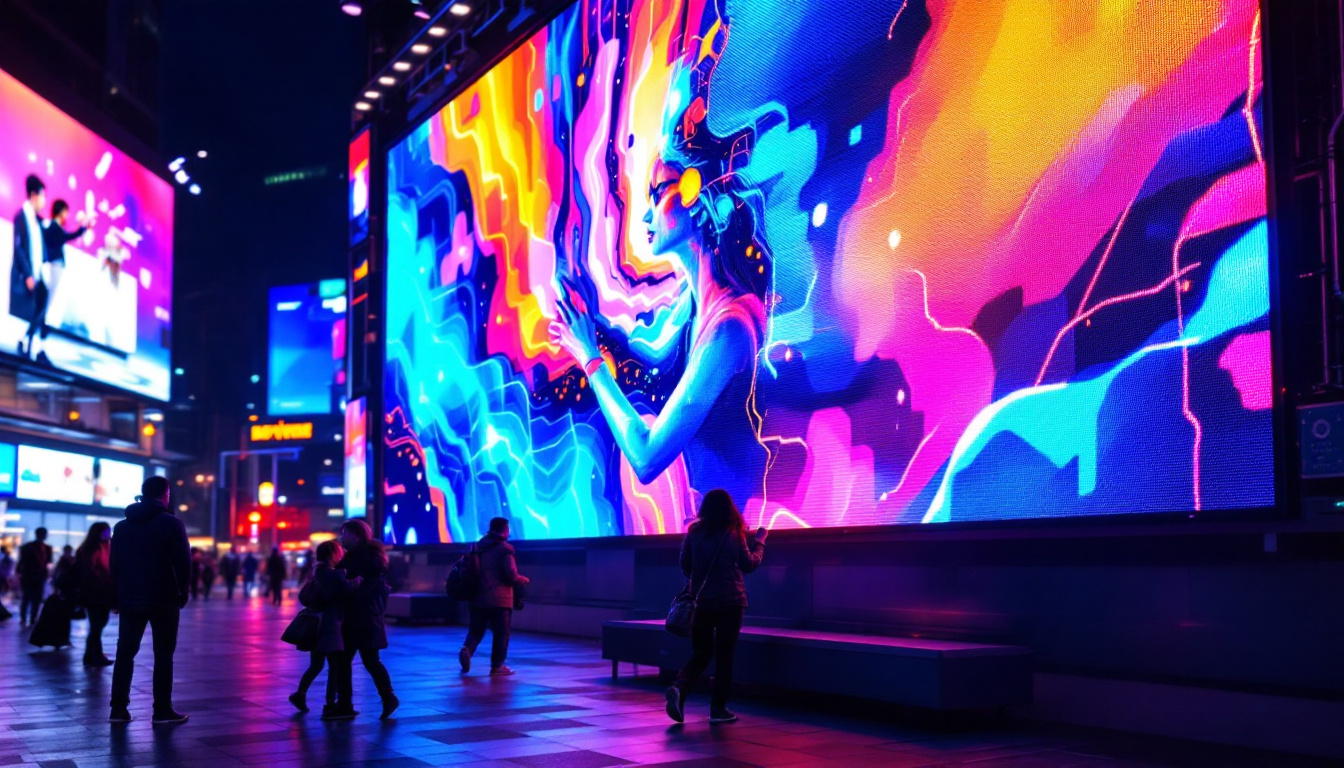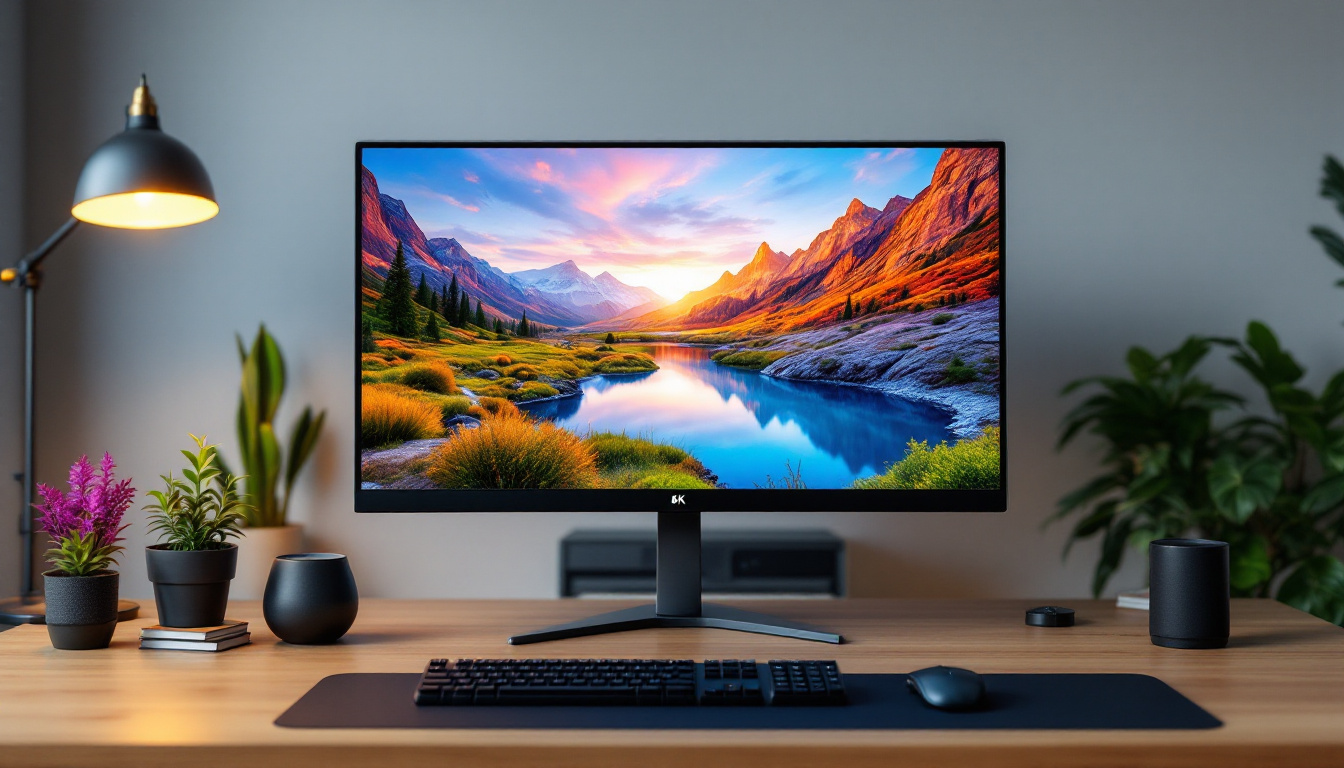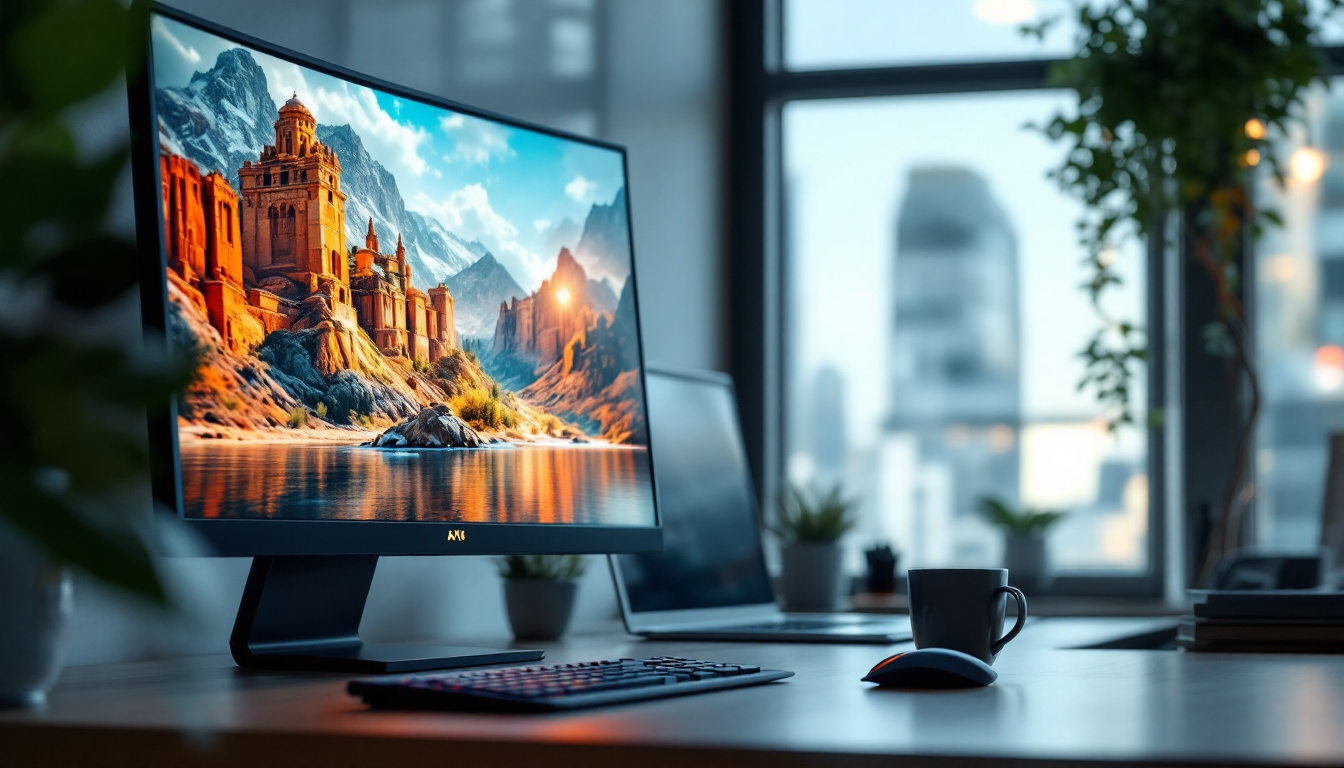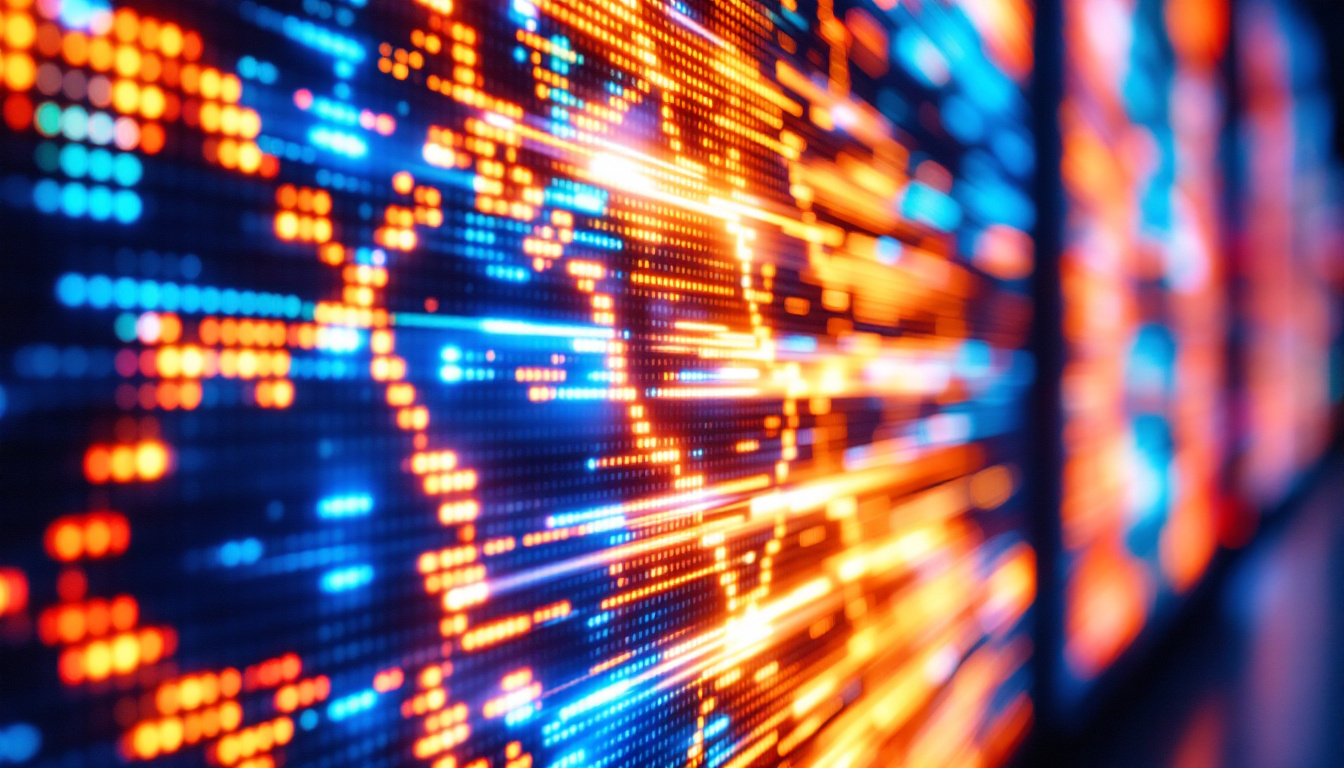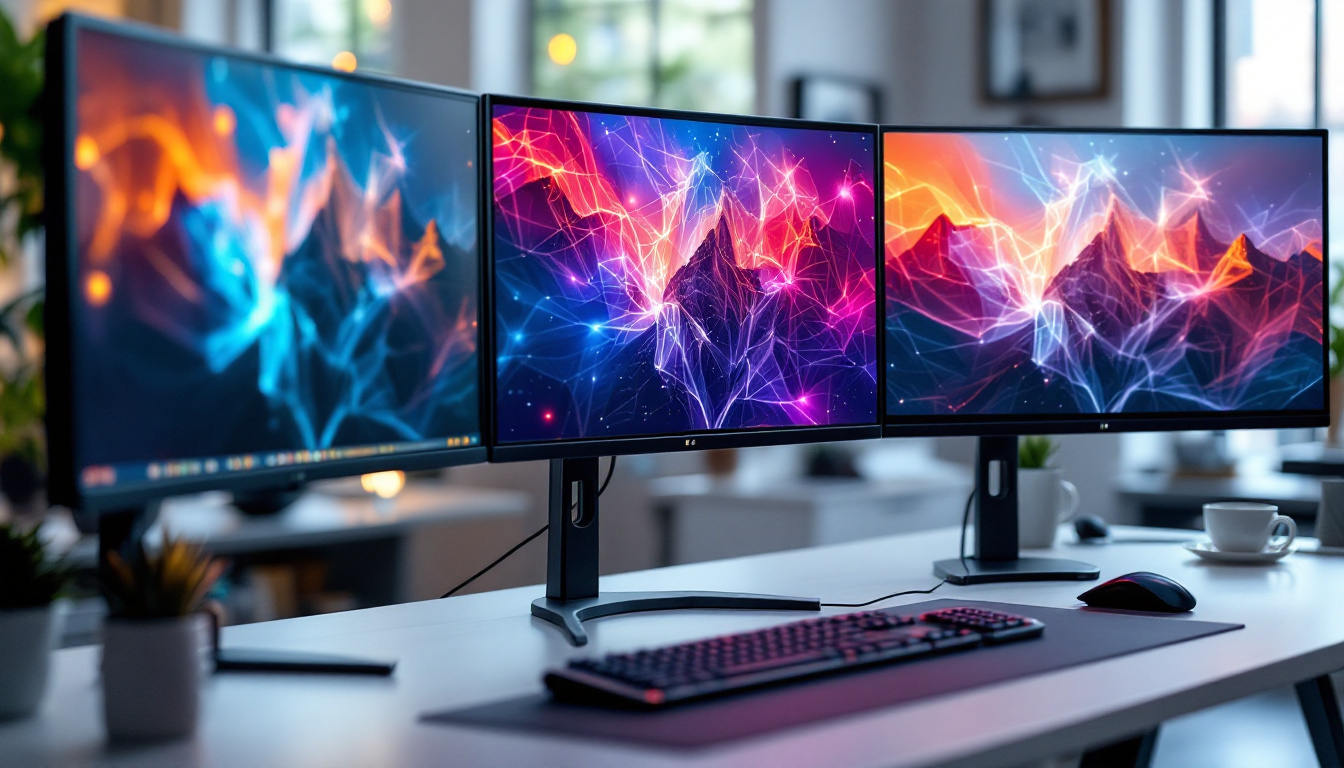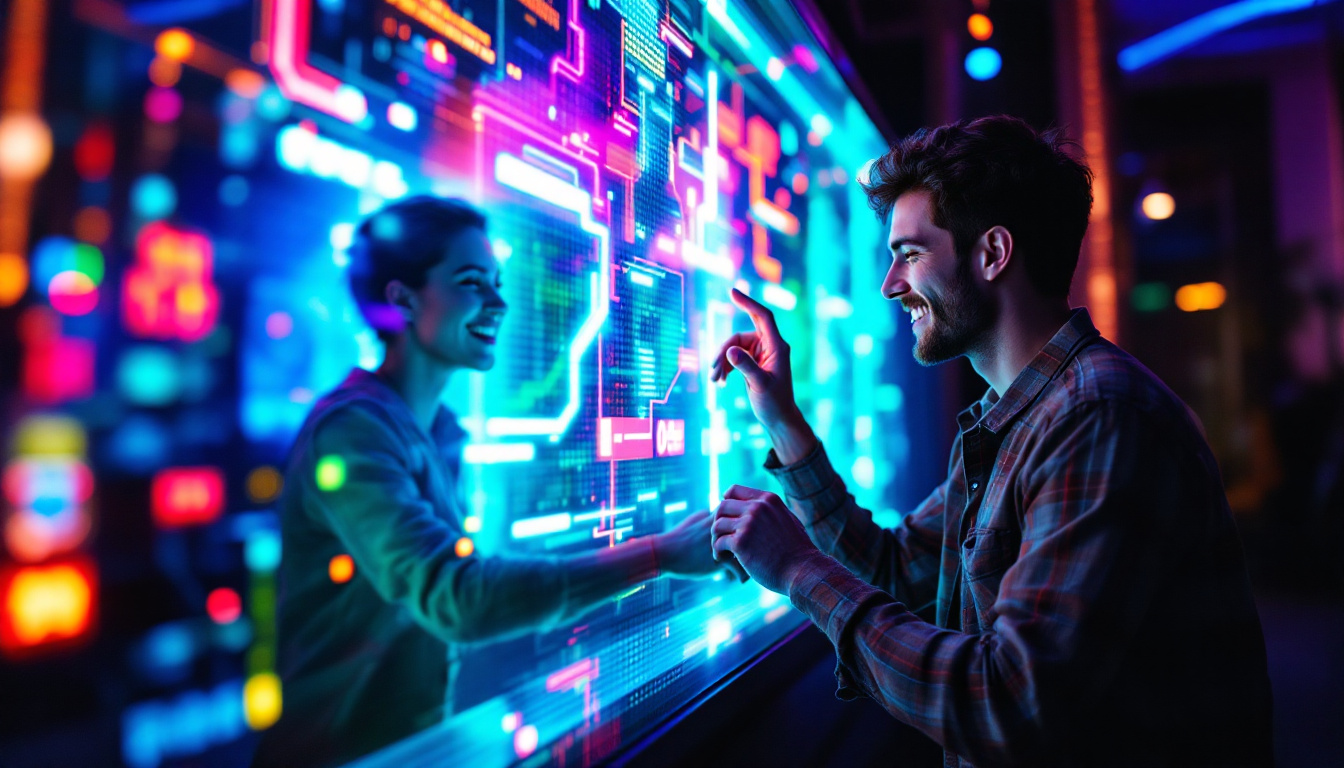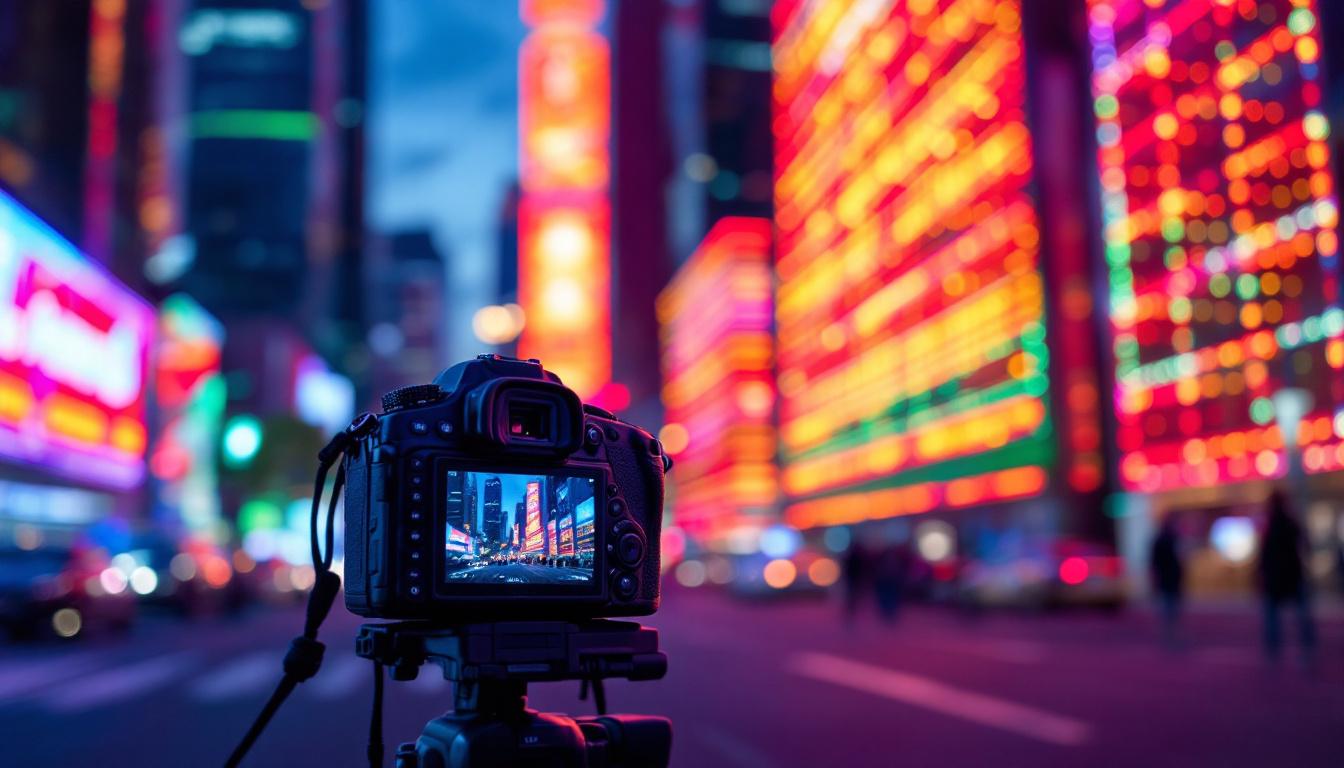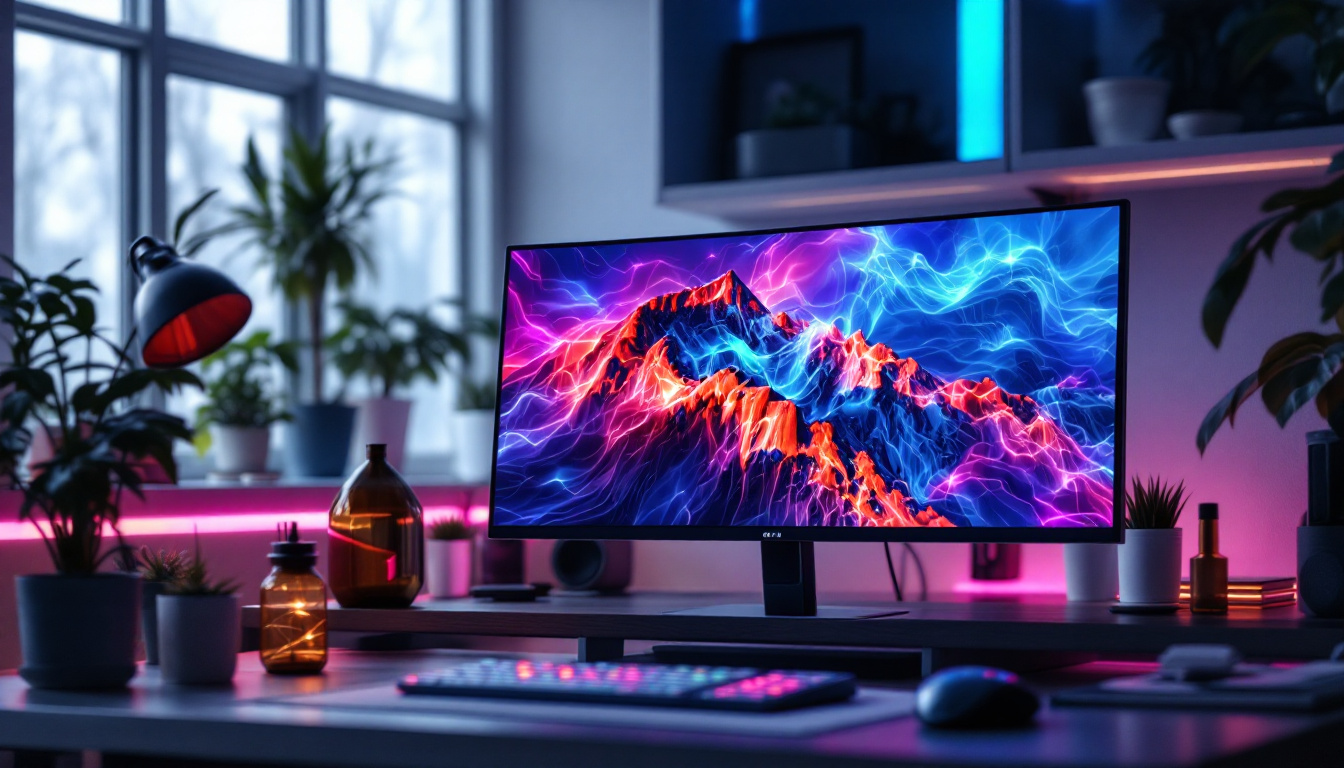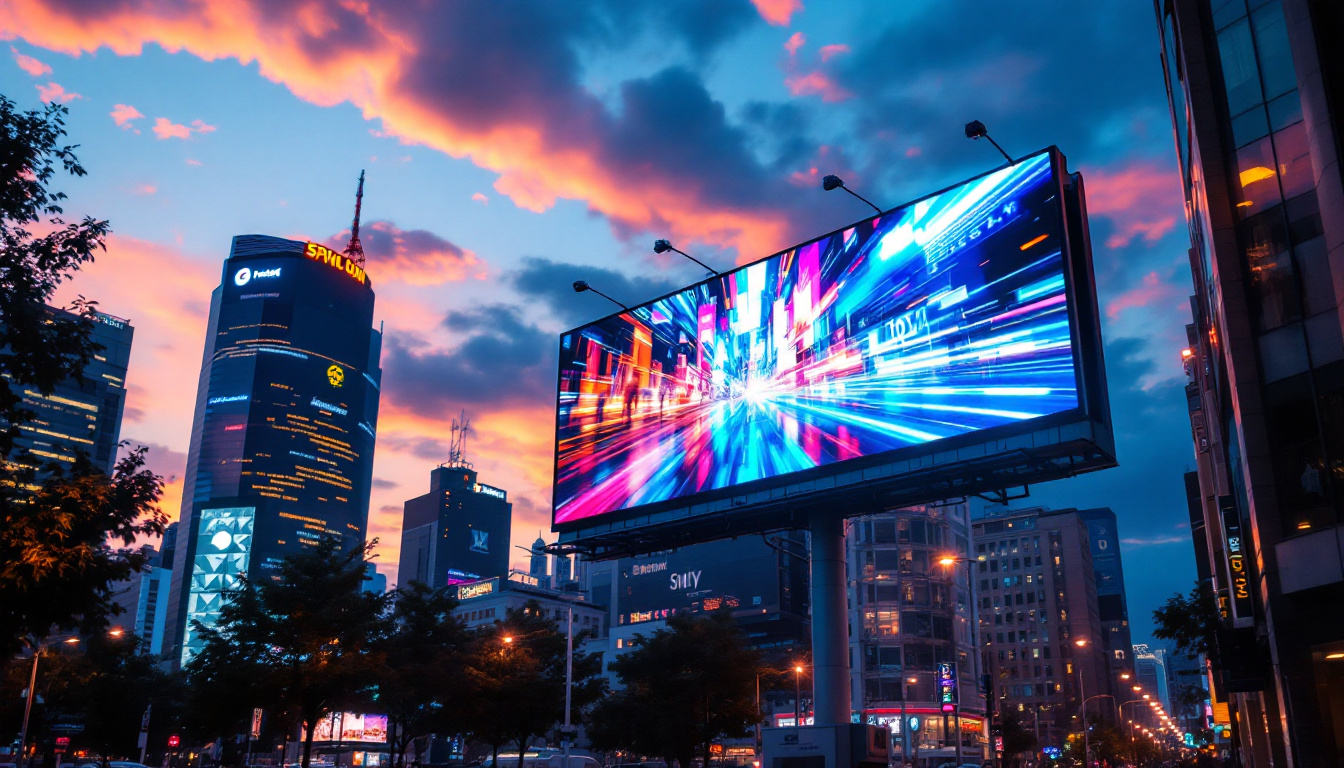In the realm of modern visual communication and event production, LED displays have revolutionized how backgrounds and environments are created. From dynamic stage backdrops to immersive advertising walls, LED technology offers unparalleled flexibility and vibrancy. This article delves into the concept of background wall photos using LED displays, explaining their technology, applications, advantages, and considerations for choosing the right setup.
Understanding LED Display Technology
What Is an LED Display?
LED stands for Light Emitting Diode, a semiconductor device that emits light when an electric current passes through it. An LED display is a large screen composed of many tiny LEDs arranged in a grid. Each LED acts as a pixel, which can be controlled individually to produce images, videos, or animations. This technology enables the creation of bright, colorful, and high-resolution visual content that can be viewed clearly from various distances and lighting conditions.
Unlike traditional LCD or projection screens, LED displays generate their own light, making them highly visible even in brightly lit environments. This self-illumination characteristic is a key reason why LED walls are preferred for background photo displays in studios, concerts, retail spaces, and public installations. Additionally, the energy efficiency of LED technology contributes to lower operational costs over time, as they consume significantly less power compared to older display technologies. The longevity of LEDs, often lasting tens of thousands of hours, further enhances their appeal, reducing the frequency of replacements and maintenance.
Types of LED Displays
LED displays come in several forms, primarily categorized by pixel pitch, resolution, and form factor. Pixel pitch refers to the distance between individual LEDs and directly impacts image clarity; smaller pixel pitches result in sharper images suitable for close viewing. Furthermore, the advancements in LED technology have led to the development of various configurations, such as flexible and transparent LED displays, which open up new possibilities for creative applications in architecture and design.
There are two main types of LED displays used for background walls:
- Indoor LED Displays: Designed for controlled lighting environments, these displays have a fine pixel pitch (often less than 2mm) for high-definition imagery. They are commonly used in studios, conference rooms, and retail stores. The vibrant colors and sharp images produced by indoor LED displays can significantly enhance the viewer’s experience, making them ideal for presentations, advertising campaigns, and immersive installations.
- Outdoor LED Displays: Built to withstand weather conditions, these have a larger pixel pitch (typically 4mm or more) and higher brightness levels to combat sunlight glare. They are ideal for billboards, event backdrops, and public advertising. The robustness of outdoor LED displays is complemented by their ability to deliver dynamic content in real-time, allowing businesses to update advertisements or information instantly, thus maximizing engagement and reach.
Applications of LED Background Walls
Event Production and Stage Design
One of the most prominent uses of LED background walls is in live event production. Concerts, theater performances, and corporate events utilize LED walls to create dynamic and immersive backgrounds that can change instantly. This flexibility allows event designers to tailor the visual experience to the mood, theme, or branding of the event.
For example, during major music festivals, LED walls display vibrant visuals synchronized with the music, enhancing audience engagement. Similarly, corporate conferences use LED backgrounds to display logos, live feeds, and presentation content seamlessly, improving communication and professionalism. The ability to integrate real-time data, such as social media feeds or audience interactions, further elevates the experience, making attendees feel more connected to the event.
Additionally, the use of LED walls in stage design can transform the entire atmosphere of a performance. By employing advanced techniques like 3D mapping and motion graphics, designers can create stunning visual narratives that complement the performers. This not only captivates the audience but also allows for storytelling elements that can elevate the overall production quality, making each event unique and memorable.
Photography and Videography Studios
LED background walls have become increasingly popular in photo and video studios. Traditional backdrops are static and limited in design, but LED walls provide the ability to display any image or video in real-time. This versatility allows photographers and videographers to create diverse environments without physically changing the backdrop.
Moreover, LED walls reduce the need for post-production editing since the background is captured live. This can save significant time and costs, especially for commercial shoots and live broadcasts. The ability to adjust lighting and colors on the LED wall in real-time also allows for greater control over the final look of the images or videos, enabling artists to achieve their desired aesthetic without extensive editing.
Furthermore, the integration of LED walls in studios opens up innovative possibilities for creative storytelling. For instance, filmmakers can simulate various locations, from bustling cityscapes to serene landscapes, all within the confines of a studio. This not only enhances the production value but also allows for more imaginative and diverse content creation, appealing to a wider audience.
Retail and Advertising
Retail environments leverage LED walls as eye-catching displays to attract customers and promote products. These walls can showcase high-resolution images, promotional videos, and interactive content that adapt to time of day or customer behavior.
Outdoor advertising benefits from the brightness and durability of LED walls, making them effective for billboards and public messaging. The ability to update content remotely also enables marketers to respond quickly to market trends and campaigns. This adaptability means that brands can run time-sensitive promotions or highlight seasonal products with minimal effort, ensuring that their messaging remains relevant and engaging.
Moreover, the interactive capabilities of LED walls can enhance the shopping experience. Retailers can incorporate touch-screen technology or motion sensors, allowing customers to engage with the content displayed. This not only draws customers in but also encourages them to interact with products in a unique way, potentially increasing sales and customer satisfaction. As technology continues to evolve, the potential applications of LED walls in retail settings are likely to expand, paving the way for even more innovative marketing strategies.
Advantages of Using LED Displays for Background Walls
High Brightness and Visibility
LED displays offer superior brightness compared to traditional screens, often exceeding 1,000 nits for indoor models and reaching over 5,000 nits for outdoor installations. This ensures content remains vivid and clear even in direct sunlight or brightly lit indoor spaces.
Color Accuracy and Contrast
Modern LED displays provide excellent color reproduction with wide color gamuts and high contrast ratios. This means images and videos appear more lifelike and engaging, which is critical for branding and immersive experiences.
Flexibility and Customization
LED walls can be built in various shapes and sizes, from flat panels to curved or irregular structures. This adaptability allows designers to integrate displays seamlessly into architectural features or create unique visual effects.
Additionally, content on LED walls can be changed instantly, allowing for multiple backgrounds or themes within a single event or shoot. This dynamic capability is a significant advantage over static printed backdrops.
Durability and Longevity
LED technology is known for its long lifespan, often rated at 50,000 to 100,000 hours of operation. LED panels are also robust, with many designed to resist moisture, dust, and physical impact, making them suitable for both indoor and outdoor use.
Considerations When Choosing an LED Background Wall
Resolution and Pixel Pitch
The choice of resolution and pixel pitch depends largely on viewing distance. For close-up photography or videography, a fine pixel pitch (1.5mm to 2.5mm) is essential to avoid visible pixelation. For larger venues or outdoor advertising viewed from afar, a wider pixel pitch is acceptable and more cost-effective.
Size and Installation
Determining the appropriate size of the LED wall is crucial. The display should cover the desired field of view without overwhelming the space or appearing too small. Installation considerations include mounting options, structural support, and accessibility for maintenance.
Content Management Systems (CMS)
Effective control of the LED display requires a reliable CMS. This software manages content scheduling, playback, and real-time adjustments. Many modern CMS platforms support remote management, multi-screen synchronization, and integration with external data sources for interactive content.
Budget and Total Cost of Ownership
While LED walls offer many benefits, they represent a significant investment. Beyond initial purchase and installation, costs include content creation, software licenses, maintenance, and electricity consumption. Evaluating the total cost of ownership helps ensure that the investment aligns with business goals and expected ROI.
Future Trends in LED Background Walls
MicroLED and MiniLED Innovations
Emerging technologies such as MicroLED and MiniLED promise even higher resolution and improved energy efficiency. MicroLED displays feature microscopic LEDs that enable ultra-fine pixel pitches below 1mm, ideal for ultra-high-definition backgrounds and close-range viewing.
Interactive and Immersive Experiences
Integration of sensors and augmented reality (AR) with LED walls is creating new opportunities for interactive backgrounds. Visitors can influence the visuals through gestures or mobile devices, enhancing engagement in retail, exhibitions, and entertainment.
Energy Efficiency and Sustainability
As environmental concerns grow, manufacturers are focusing on reducing the power consumption of LED displays. Advances in LED chip technology and intelligent brightness control help minimize energy use without compromising visual quality.
Conclusion
LED background walls have transformed the way visual environments are created across industries. Their brightness, versatility, and dynamic capabilities make them ideal for event production, photography, advertising, and more. Understanding the technology, applications, and key considerations ensures that businesses and creatives can select the right LED display solutions to meet their needs.
As LED technology continues to evolve, the possibilities for immersive and interactive background walls will expand, offering exciting new ways to captivate audiences and enhance visual storytelling.
Illuminate Your Space with LumenMatrix
Ready to elevate your visual environment with the latest in LED display technology? LumenMatrix is at the forefront of innovation, offering a diverse range of LED display solutions tailored to your needs. Whether you’re looking to create an immersive event backdrop, enhance your retail space, or captivate passersby with outdoor advertising, our Indoor and Outdoor LED Wall Displays, along with specialized options like Vehicle, Sports, and Floor LED Displays, are designed to make your vision a reality. Experience the transformative power of LED displays and join the visual revolution. Check out LumenMatrix LED Display Solutions today and see how we can help you share your message with brilliance and precision.

